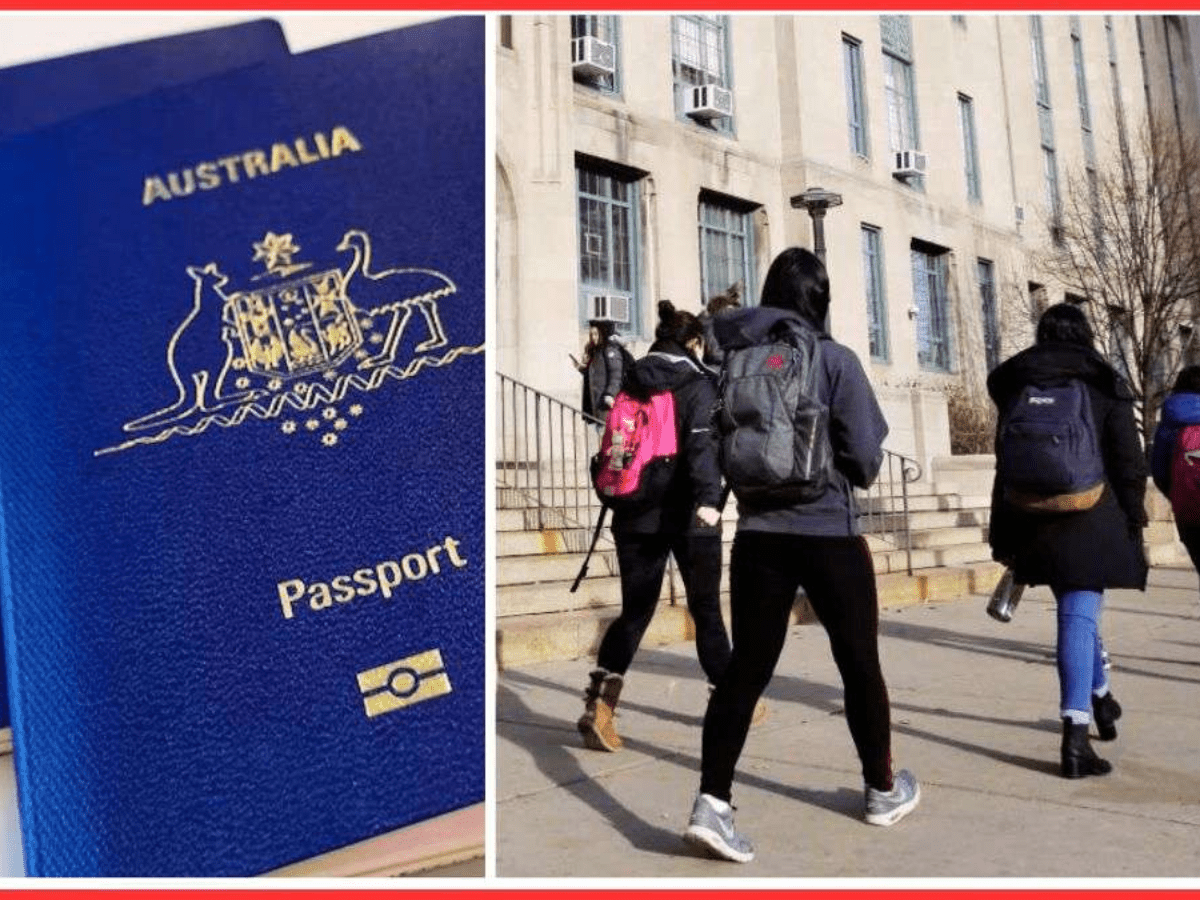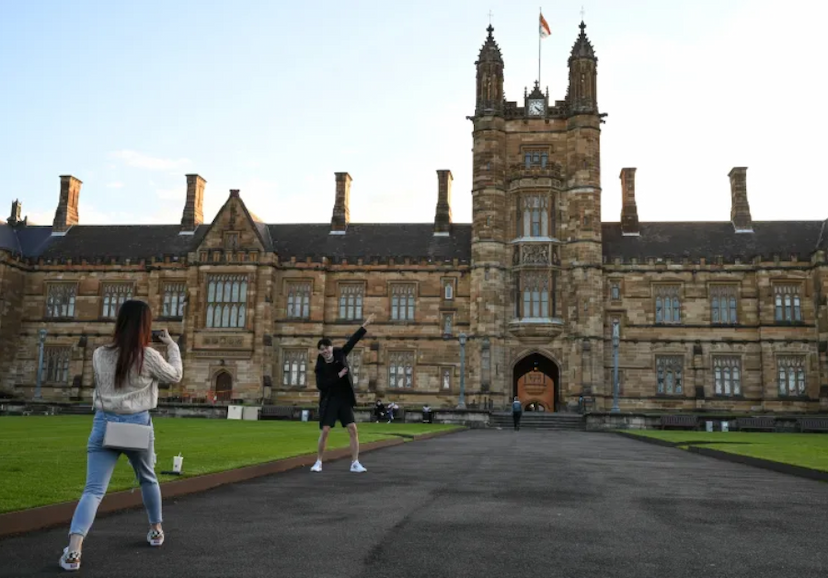Australia Caps Student Enrollment to 2,70,000 by 2025 : Big Changes for International Students

Australia Caps Student Enrollment: Boon or Bane for International Students?
Australia has lately declared a major policy change by capping the number of foreign student enrollments to 270,000 by 2025. Growing worries over rising migration rates, housing shortages, and rising expenses have led to this action. The measure seeks to regulate migration rates, therefore controlling the demand on Australia’s infrastructure and helping to explain the unheard-of rise in house rental rates. Read more, Australia India Water Centre established for great research


A Snapshot of Australia’s International Education Landscape
Generating AUD 36.4 billion (USD 24.7 billion) in income during the 2022–2023 fiscal year, Australia’s overseas education industry is a significant economic contributor. The nation welcomes over 717,500 overseas students right now. But spurred mostly by students from countries like India, China, and the Philippines, net immigration peaked at 548,800 as of September 30, 2023. This flood has aggravated the housing market issue even as it has increased the labour supply and reduced pay pressures.
Government’s Strategic Approach to Managing Migration
The Australian government intends to restrict new foreign student enrolments to 270,000 by 2025 to meet these problems. This choice fits into a larger plan to control migration rates and lower demand for infrastructure and housing.
- Higher Education Institutions: 145,000 enrollments (53.7%)
- Vocational Education and Training (VET) Institutions: 95,000 enrollments (35.2%)
- Private and Non-University Providers: 30,000 enrollments (11.1%)
| Institution Type | Enrollment Cap (2025) | Percentage of Total |
|---|---|---|
| Higher Education Institutions | 145,000 | 53.7% |
| Vocational Education & Training | 95,000 | 35.2% |
| Private & Non-University | 30,000 | 11.1% |
| Total | 270,000 | 100% |
The Economic and Social Impact
The cap on international student enrollments is expected to have profound economic and social impacts:

- Economic Contribution: The global education industry helps university infrastructure and research financing in addition to supporting around 250,000 employment. Reduced enrollment might cost the university-industry approximately AUD 4.3 billion and influence over 14,000 employment.
- Housing Market and Infrastructure: The cap seeks to lighten the load on infrastructure and the housing market. Rising migration rates have stimulated demand for rental homes, hence driving rental prices to all-time highs. The government’s choice is meant to steady this market while preserving economic expansion.
Measures to Ensure Quality Education
The limit is also meant to guarantee the preservation of the educational quality. Education Minister Jason Clare said the government wants to attract “genuine and quality international students,” hence opposing unethical behaviour by some educational institutions. Among these methods include enrolling students mostly seeking jobs instead of studying and those lacking sufficient language competency.
- Enhanced Scrutiny for Applicants: Stricter minimum English-language standards have been imposed, and candidates looking for a second study visa are under more scrutiny.
- Incentives for Universities: The government is pushing colleges to increase their housing choices in order to offset the impact of the cap and thereby relieve housing demand.
Opportunities for Strategic International Collaborations
Notwithstanding the limitations, Australian universities and overseas institutions have chances for more intensive academic cooperation. Participating in transnational twinning programs, international students free from the cap have opportunities for combined degrees and student mobility programs.
- Programs like TOEFL and ETS: Australia is still open to quality students who are completely approved in the nation that satisfy the TOEFL standards for immigration and study.
Guidance for Prospective International Students
Although the new enrollment cap mostly impacts universities with a large percentage of overseas students, it also promotes a more equitable distribution of students among different Australian schools. Professionals urge future students to keep researching Australian institutions and preparing.

“Stay calm and proceed with their university or college shortlisting journey as is,” advises Piyush Kumar, Regional Director, South Asia and Mauritius at IDP Education.
Looking Ahead: A Balanced Approach
Australia’s choice to restrict foreign student enrollment shows a need for a measured strategy that guarantees steady expansion without sacrificing the calibre of education. It addresses the present issues in housing and migration while appreciating the significant part foreign students provide to the economy.
The Australian government hopes to balance economic gains with social and infrastructure stability by putting these policies into effect, therefore creating a more sustainable and fair environment for local people as well as overseas students.
Also, read





